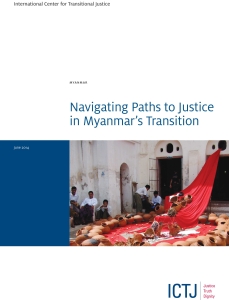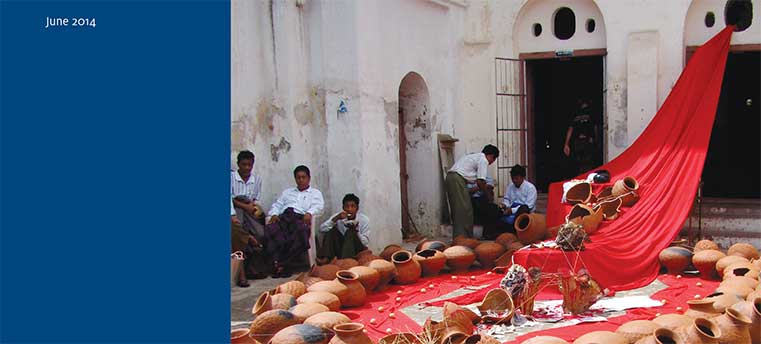Navigating Paths to Justice in Myanmar’s Transition
Introduction
Since President Thein Sein and his government took office in 2011, Myanmar’s transition has unfolded at a pace that has surprised many and earned the acclaim of western governments, financial institutions, and private-sector investment analysts. The Burmese population of approximately 60 million has endured more than a half-century of military dictatorship, armed conflict, economic dysfunction, and political repression. A meaningful transformation into a peaceful society that enjoys economic development and functions democratically now seems plausible, though it is far from guaranteed. Ultimately, the blanket immunity afforded by the 2008 Constitution shields the acts attributable to prior regimes from any form of accountability. Whether the reform process will evolve to include measures that address the massive and systematic injustices of the past remains less certain.
This report begins by examining some aspects of the changes currently underway, including the extent to which justice issues currently feature in national demands and international assistance relating to strategies for development, peace, and nation-building in Myanmar. It then moves to a review of the plans and priorities identified by development and peace-building actors, and outlines how these issues might be brought together through an evidence-based, pragmatic, local approach. Some may view transitional justice as a “spoiler” issue because addressing past abuses committed by actors who maintain political and military power could prompt a backlash from these sectors. This report proposes a contrary view: that dealing with the past is essential to achieving genuine progress on peacebuilding and sustainable development. It provides concrete recommendations to development and reform actors on how to incorporate transitional justice into relevant programmatic tools.


